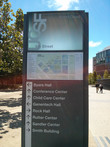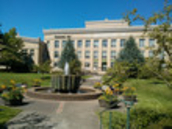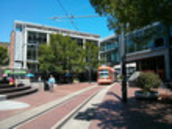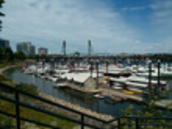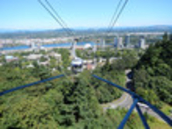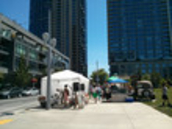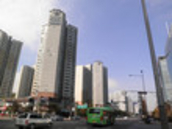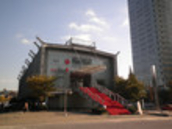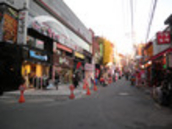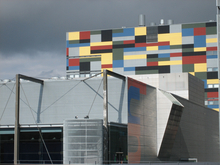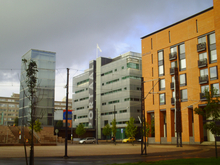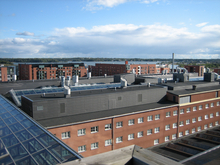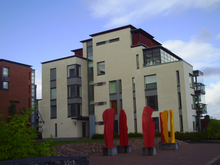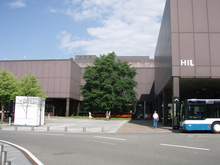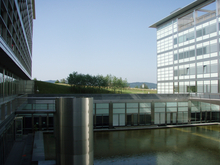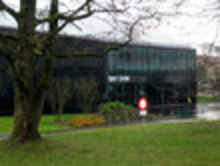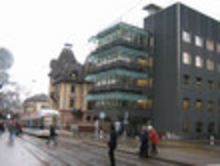Science cities
Planning scientific campuses is a major issue for all metropolises seeking to attract and hold on their territory innovative and creative activities based on interdisciplinary exchanges. In a world pulled by the “knowledge economy”, it is generally assumed that these places play a critical role in the development of high-tech firm clusters, which are the vectors for the creation of economic value and highly qualified jobs. Yet, this is not always the case, as the mild successes in terms of start-up and R&D job creation of the Berlin-Adlershof or Paris-Saclay projects seem to indicate.
Numerous projects and ongoing scientific research campuses exist abroad
In North American, European and Japanese metropolises, already well-endowed in this realm, they more often deal with extension or modernization schemes than with creation per se, except perhaps for the accommodation of R&D centers of large companies or technology SMEs, which is increasingly undertaken in new research parks planned and managed by private developers, often in close partnership with universities. Newly industrialized countries of Asia are catching up very quickly thanks to very proactive state policies and large-scale development projects, yet their metropolitan governance is not at all comparable to the French and European contexts.
The “Science Cities” study: Science Campuses and Clusters in 21st Century Metropolises
L'Institut Paris Region published several works on related topics among which Clusters mondiaux (global clusters) in 2008, “Large-scale Urban Development Projects in Europe” (issue no. 146 of Les Cahiers), in 2007 and a special issue no. 143 of Les Cahiers on the universities in the Paris region, in 2005. But so far, we have not looked that closely at the relationships between the vibrancy of academic/research campuses and the dynamism of cluster ecosystems. Since 2010, L'Institut Paris Region has conducted international comparative studies into “Science Cities”. They aim at analyzing the urban design of academic campuses or science parks and “mapping” innovation's ecosystems of six metropolises across the world, in order to gather best practices from Europe, South-East Asia and North America. These practical foreign case studies are highly instructive and challenge received wisdom on the theory of clusters and the planning of campuses. In 2009, we studied two cases of "pocket-size" yet highly dynamic metropolises in Europe: Helsinki and Zurich. And in 2010, we looked into much larger metropolises. “Mission Bay” and “Portland” (issues no. 655 and 653 of the Note rapide) are the last two case studies conducted in the United States, which is still a reference in terms of synergies among universities, research and industry.
- Mission Bay (San Francisco). Mission Bay is the name of a major economic and urban project in downtown San Francisco. It combines the urban regeneration of extensive rail/port wasteland and the development of a biotech and digital cluster around the new campus of the University of California in San Francisco (UCSF).
- Portland (State of Oregon, US). Portland cultivates its difference in a wide variety of fields such as sustainable urban planning, sports industries and the outdoors. Its universities make an active contribution in this respect through their research and their real estate practices in synergy with metropolitan public transport projects. Nothing spectacular, but all achieved with exemplary intelligence and pragmatism.
- Seoul (South Korea). Digital Media City and Songdo clusters. South Korea has powerful conglomerates which are established abroad, particularly in ICT and creative industries, as well as a technophile population with a certain taste for novelty.
- Singapore. Its Biopolis/media/ICT cluster combines all sectors with high-added-value activities in order to attract coveted foreign talent and investments.
- Zurich (Switzerland). ‘Science City’ is the generic name for ETH’s scientific development and building project on the Hönggerberg campus. Occupying 32 hectares (79 acres) in the Höngg district, 5 kilometers northwest of downtown Zurich, this campus is situated on the top of a hill amid fields and a forest open to the public, overlooking the Limmat Valley. Hönggerberg has nearly 6,000 students and 3,500 professors, researchers and employees. More than 4,000 people work in research-related activity. Zurich has one of the most competitive life science clusters in Europe.
- Helsinki (Finland). The development and innovation strategy pursued by the metropolitan area of Helsinki can be summed up by “T3”, which symbolizes the alliance of science (Tiede), art (Taide) and the economy (Talous), a concept strongly promoted by the Aalto University. The Otaniemi cluster achieved international recognition in the 2000s in the IT sector due to the success of the major national firm, Nokia. The success of the Otaniemi cluster rests on several key elements: externality-rich urban centers (Helsinki and Tapiola); the presence of largely government-sponsored national research centers; high-quality education; and the spontaneous development of companies that have become leaders in their fields, with spin-offs scattered around Helsinki. The Arabianranta urban redevelopment, built around a large, derelict pottery factory northeast of Helsinki, stressed residential development with a strong focus on the arts and design, and an economic center for creative industries.
This page is linked to the following categories :
International
|
Economy
